Lubbock Geography and Weather

History
"The earliest Texans, lived as hunters and gatherers, sharing the landscape with ice age animals including mammoths, cave lions, giant sloths, and dire wolves. Texas has rich remains from the Clovis culture, long believed to be the earliest to spread across North America. Now some scholars believe the story of humans here is even older – dating back 15,000 years or more. Research to find traces of the earliest Texans continues." (texasourtexas.texaspbs.org)
Native Americans followed the large Buffalo herds that came to graze on the grasslands,
of the ancient dried-up lake that is today the caprock. Some tribes even setting up
more permanent camps and farms. The buffalo was extremely important as they hunted
it and used all of its body for different resources. The first known exploration of
the High Plains was in 1580 when the Spanish came across the area, remarking on the
incredibly flat, featureless lands. They brought with them horses that they traded
with the tribes. By the 1730s the Spanish had sent more than 30 expeditions into Texas
to explore and establish military posts and missions. The French meanwhile had also
begun exploring North America and claimed much southeast. In 1803 the US purchased
the Louisiana territory. Moses Austin, (whose son Stephen F Austin would eventually lead the Texas Revolution) asked permission from the Spanish Government to help settle the land, they approved and
300 families moved west to settle Texas.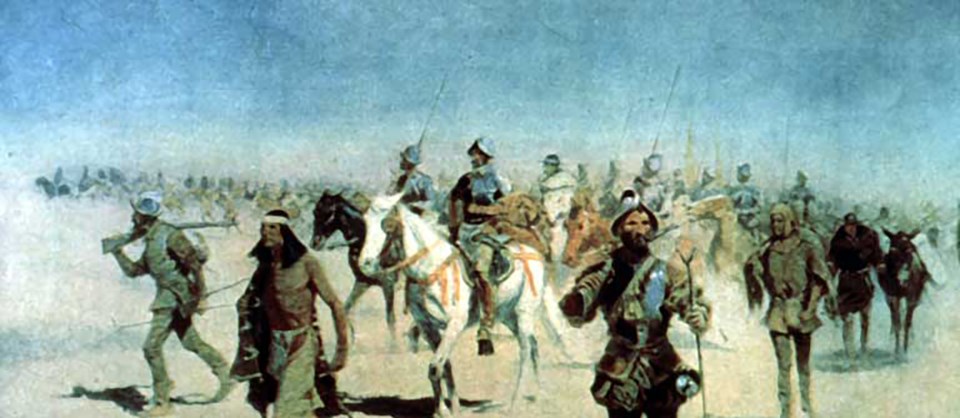
Spanish Exploration of the Great Plains (Photo Credit: nps.gov)
After the Civil War, more families moved to Texas looking for new lives, resources, and adventure. The cattle boom along with cheap land prices brought more and more people west to settle the plains of Texas.
Lubbock county was formed in august of 1876. Named after Tom S. Lubbock a former Texas Ranger. By 1891, a city government had formed, along with new churches and a jail. The city of Lubbock was incorporated in 1909.
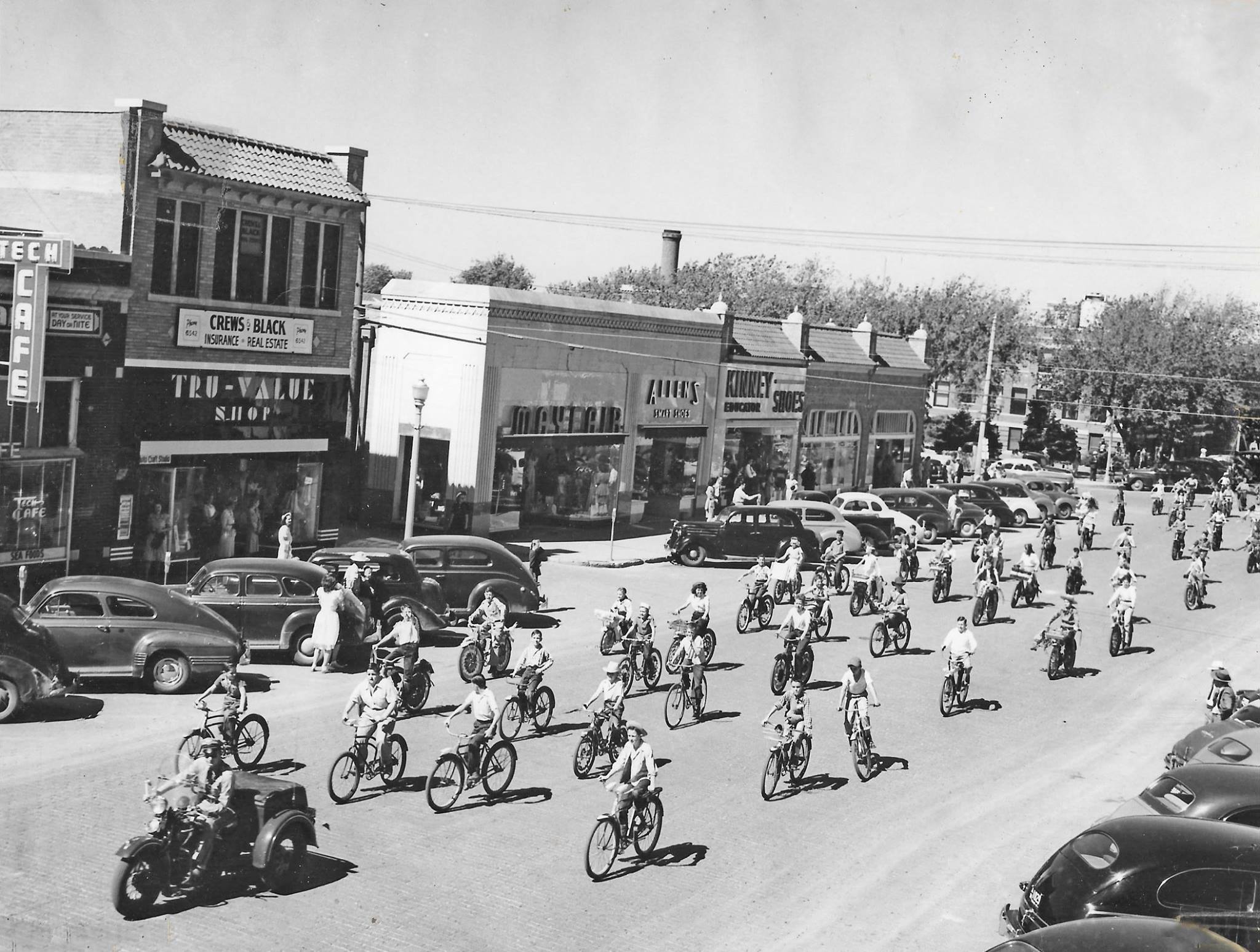
Geography
Lubbock Texas is located in the North West of the State of Texas and situated on the Llano Estacado, at an elevation of 3,202 ft (976 meters). The city hosts a population of 318,679 people (2020). Lubbock is known as the "Hub City", because it is the economic, educational, and health-care hub of the multi-county region. Lubbock is the county chair of Lubbock County and is the biggest city in the South Plains of Texas.
The city is located on the Llano Estacado, one of the largest mesas in North America, that extends into Northwestern Texas and Eastern New Mexico. The
Llano Estacado is located on the southern end of the Western High Plains an eco-region
of the North American Great Plains. Llano Estacado is a Spanish term that loosely translates as "Staked plains". It was
named by early Spanish explorers who came through the region in 1541.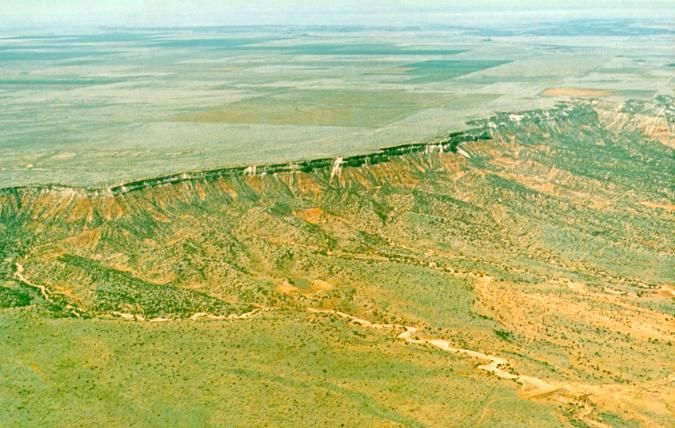
The Llano Estacado Mesa,
Photo Credit:atpatsplace.blogspot.com
The Llano Estacado is a flat, featureless grassland. Outside of developed areas, common
plants are cacti, mesquite trees, plains cottonwood, and several types of short grasses.
The soil, climate, and lack of trees made this area great for agriculture. Due to
low precipitation farmers and towns rely primarily on underground water sources, such
as the Ogalala aquifer.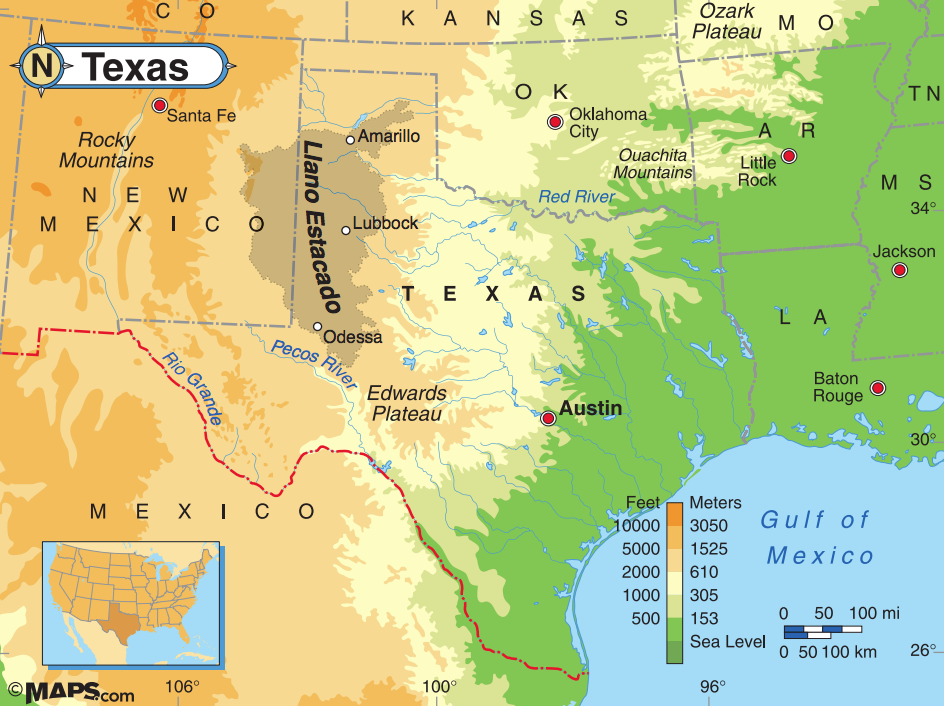
Agriculture and Industry
Crops grown on the South Plains include cotton, wheat, sunflowers, peanuts, sorghum, grapes (for wine), and corn.
Major Industries include health care, agriculture, education, manufacturing, and research.
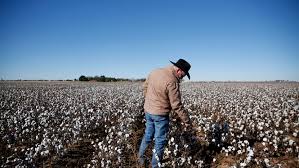
Cotton Crops in West Texas (Photo Credit: dallasnews.com)
Weather
Lubbock has a semi-arid climate with hot summers and mild winters. Lubbock is a windy city. Winds can vary from a breeze to high winds, which can produce dust storms, these are most common during the winter and spring months.
Precipitation: There is very little rain on the South Plains, which makes for a dry climate with little to no humidity. The rainiest times are in the Spring and Summer. Lubbock averages 19 inches (483 mm) of precipitation per year. While snow is uncommon you might be lucky enough to experience a bit of snow in the winter. The average snowfall on the South Plains is 9 inches.
|
Summer Average Temperature: 89.3F (31.6C) It is not uncommon for temperatures to reach up to 100F (38C). |
|
Fall Average Temperature: 75F (24C) |
|
Winter Average Temperature: 57F (14C) While snow is uncommon, there is still a chance of it during the winter months. Be sure to bring some warm clothes for the winter months. The first freeze of the year typically begins in October. The last freeze of the year is generally in April. |
|
Spring Average Temperature: 75F (24F) Spring weather in Texas can be varied throughout the week. It is not uncommon to have a pretty sunny day, followed by a snowstorm the next day. Layering your clothes is recommended it can be cold in the morning and evenings, but warm during the afternoon. High winds are a staple of West Texas, especially during the spring. |
Local Weather Channels:
Many local news stations have apps you can download on your phone to help you keep track of the local weather. Below is a list of local news stations. You will also receive a Tech Alert from Texas Tech to advise you on weather warnings.
Weather Safety and Awareness:
Coming to a new country means possibly dealing with weather that is quite different than home. Lubbock is a relatively safe city when it comes to weather, but it never hurts to be prepared and know what to do in a weather emergency or warning.
Weather that is common in West Texas:
Sources:
https://texasourtexas.texaspbs.org
https://www.britannica.com/place/Texas-state/History
International Affairs
-
Address
601 Indiana Avenue, Lubbock, TX 79409-5004 -
Phone
806.742.3667 -
Email
oia.reception@ttu.edu
